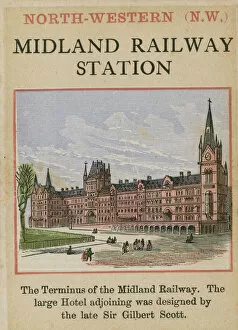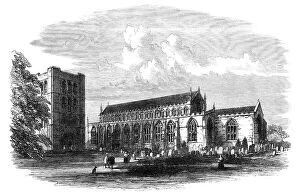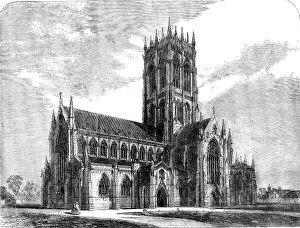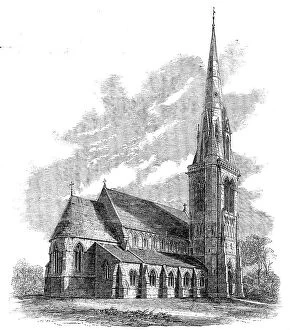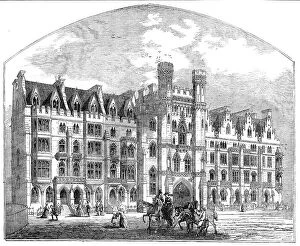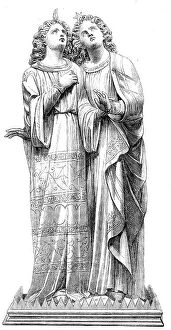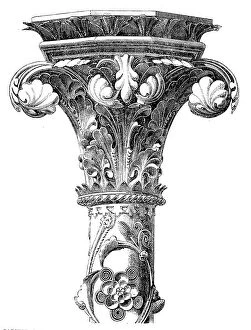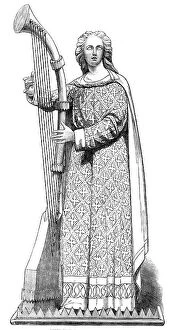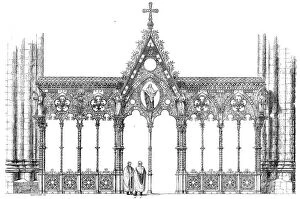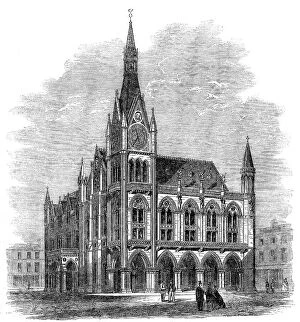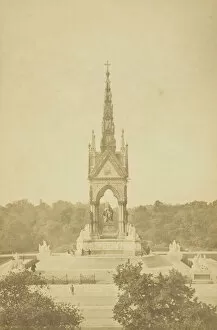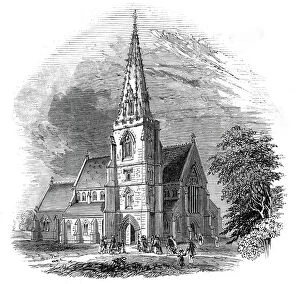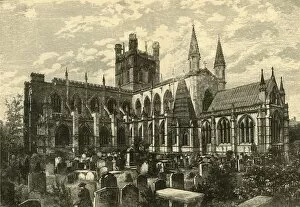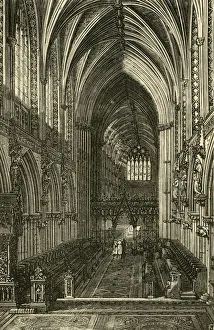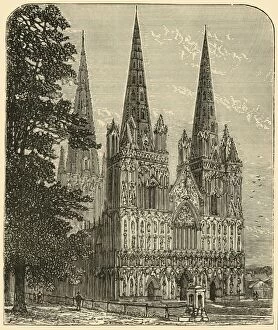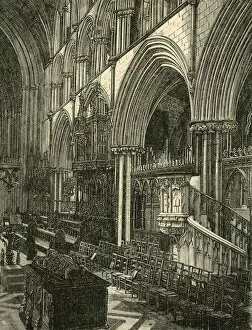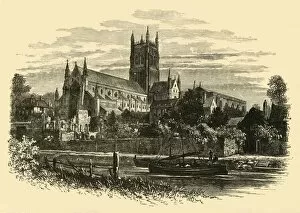Sir Gilbert Scott Collection
Sir Gilbert Scott was a renowned British architect who left an indelible mark on the architectural landscape of his time
All Professionally Made to Order for Quick Shipping
Sir Gilbert Scott was a renowned British architect who left an indelible mark on the architectural landscape of his time. His iconic designs can be seen in various landmarks across the country, showcasing his exceptional talent and vision. One of his notable creations is the Midland Railway Station at St Pancras, London. This magnificent structure, depicted in a vibrant colour lithograph, stands as a testament to Scott's ability to blend functionality with grandeur. Another masterpiece attributed to Sir Gilbert Scott is Tewkesbury Abbey. Although its creator remains unknown, it bears all the hallmarks of his distinctive style. The abbey's intricate details and majestic presence make it a sight to behold. Scott also played a significant role in designing the Albert Memorial, an awe-inspiring monument that took nearly three decades to complete. Its ornate beauty captivates viewers and serves as a fitting tribute to Prince Albert's legacy. The New Reredos at Salisbury Cathedral showcases Scott's skillful engraving work. This exquisite piece adds depth and splendor to the cathedral's interior, enhancing its overall aesthetic appeal. His expertise extended beyond religious structures; he also contributed significantly to government buildings such as the Foreign Office. A vivid colour lithograph captures this architectural gem designed by Sir Gilbert Scott himself. Scott's influence even reached smaller churches like St Giles in Camberwell where he oversaw its consecration ceremony back in 1844. His attention to detail ensured that every aspect of this new church reflected both beauty and spirituality. Notably, Sir Gilbert Scott made contributions early on in his career with projects like Swindon's new church along the Great Western Railway line in 1845. Though created by an unknown artist, this building exemplifies Scott’s commitment to creating harmonious spaces for worship throughout Britain. Photographs from John & Charles Watkins taken during the 1860s showcase George Gilbert Scott himself alongside some of his remarkable works—a glimpse into the man behind these architectural marvels.

